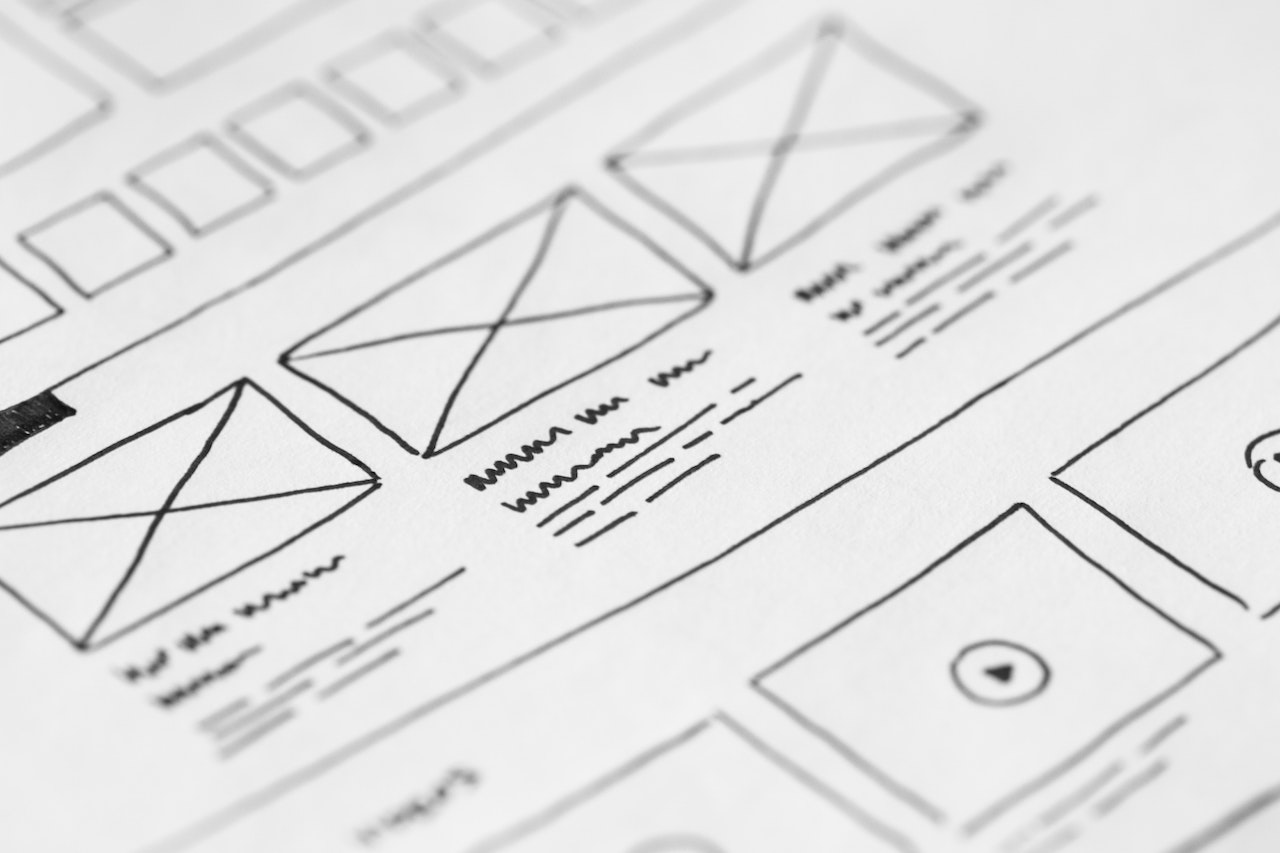In business, first impressions are key, especially for online retailers. “When customers come to your site, you have only seconds to influence them; investing in UX optimization is necessary to quickly gain trust, brand recognition and ensure user retention,” according to Forbes contributor Goran Paunovic, Creative director of ArtVersion Interactive.
“As we conduct more and more of our daily business interactions online, it’s never been more critical to offer users a seamless, frictionless digital experience that aligns with their daily lives,” he adds.
A Forrester Research study also attests to the need for exceptional website design. “A well-designed user experience (UX) could raise your website’s conversion rates by 400 percent.”
With numbers like that, updating your website’s user experience makes sense. Here are five UX design tips that can help you on your way to improved conversion rates.
1. Consult a UX Designer
If you don’t have a user experience (UX) designer on your team, you should start by making sure you hire the RIGHT designer.
User experience (UX) design is the process of creating an easy-to-use and desirable interaction between customer and product, and a UX designer creates that interaction. “If you imagine a product as the human body, the bones represent the code which gives it structure. The organs represent the UX design: measuring and optimizing against input for supporting life functions. And UI design represents the cosmetics of the body–its presentation, its senses, and reactions.”

An expert UX designer will incorporate user behaviors and analytics to build a website that is intuitive and easy to use while recommending improvements down the road.
In Robert Pressman’s book, Software Engineering: A Practitioner’s Approach, “every dollar invested in UX returns $10 to $100 and correcting the problem from the start is the most cost-effective.”
2. Establish a consistent brand identity
Ask yourself two key questions: How do we want to be perceived by customers (i.e., brand image), and how can we create a brand identity that influences how customers view us. Your brand identity should be communicated correctly on your website.
Developing a brand is more than visual identity (e.g., logo design, fonts, photos, and any other visuals). Branding is also about storytelling, and your brand story will greatly influence your website design.
Additionally, establishing brand consistency through your website, mobile app, marketing, advertising, packaging, distribution channels, etc. can increase revenue by 23 percent according to Lucid Press.
A cohesive brand is a brand customers can trust.
3. Keep it simple
Too many choices can lead to inaction, abandonment, and dissatisfaction. While it is often appealing to add new features and shiny bells and whistles to your website research has shown that overchoice or “choice overload” can
produce negative results.
The psychological “phenomenon of overchoice occurs when many equivalent choices are available. Making a decision becomes overwhelming due to the many potential outcomes and risks that may result from making the wrong choice.”

This scenario can play out in web design. Omitting all of the bright colors and fancy transitions on your website may be hard, but here, less is more.
Mads Soegaard writing for the Interactive Design Foundation asserts, “People get frustrated when information bombards them. We’re humans, not machines. White space calms us, letting us ‘breathe’.”
Limiting choice and ample white space allows your visitors to feel your website is easy to use and intuitive to navigate. It can also improve performance. One marketing study saw a 357% increase in monthly clients when visitors were offered one call to action on a landing page rather than several.
Additionally, from a website performance perspective, more choices can cause a slower page loading. We now expect websites to populate instantly and a long delay may give potential visitors a reason to leave your website and never return.
Audit your UX. Make sure your landing pages are useful and frictionless. Install breadcrumb navigation features to help users navigate your website when needed.
4. Revisit the rule of thirds
A fundamental element to fine art and photography, the rule of thirds has now become instrumental in UX design.
Simply put, the rule of thirds says the human eye is drawn to four main points in an image. Those points can be found when you split an image into three equal parts both horizontally and vertically. Where the lines cross is where the most important elements should be.
“If the elements in a picture are centered and too balanced, it becomes boring. If the images are offset using the rule of thirds, the asymmetry and counterbalance of elements creates a much more dynamic picture.”
In UX design, it is often helpful to apply the rule of thirds when sharing key information or calls to action. The most important buttons or a company logo should be on or near one of the four main points.
5. Use human visuals to drive emotional connections
By using real-life human images, you’re giving visitors a real person they’re able to connect with. Instead of an imaginary person standing on a skyscraper.
According to Winnifred Knight at TheMarketingSite.com, “purchasing factors are 80% emotional and 20% intellectual.” People want to see visuals they can relate to and a company that will support them.

Use visual aids that connect with your target audience members—photos, customer testimonials, live chat, etc.—to connect with people on a personal level and increase conversions.
Create a UX design that embraces your customers
Although there are many different ways to optimize your website design, the right knowledge and tools can help you apply UX design best practices. Establishing a consistent brand identity, leveraging white space, employing the rule of thirds, and human visuals can create a more enjoyable customer experience.
As you optimize your website’s UX, keep going. The process is constantly evolving as customer needs grow and change.
Matt Shealy is the President of ChamberofCommerce.com. Chamber specializes in helping small businesses growtheir business on the web while facilitating the connectivity between local businesses and more than 7,000 Chambers of Commerce worldwide.
© YFS Magazine. All Rights Reserved. Copying prohibited. All material is protected by U.S. and international copyright laws. Unauthorized reproduction or distribution of this material is prohibited. Sharing of this material under Attribution-NonCommercial-NoDerivatives 4.0 International terms, listed here, is permitted.













